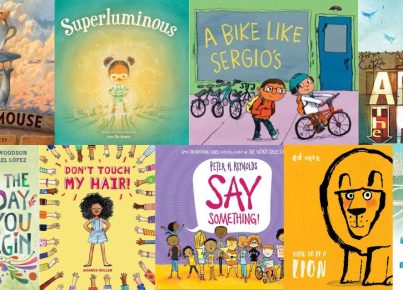Back in 2001, when I started as a teacher, the technology boom was in its nascent stage. I remember toting a large bag filled with papers home most nights and going to sleep drowning under a vast sea of student homework that needed grading. My classroom was even worse, cluttered with books, manipulatives, globes, maps, and learning stations that left little room for anything else. However, as I write this in 2018, things have changed dramatically. Today’s teachers have edtech in their corners.
Digital teaching and learning tools have streamlined education processes and provide learning experiences that stretch far beyond the materials that were available for me back in 2001. Teachers today use blended/flipped learning to shake up the staleness of the traditional learning format. For instance, with blended learning, students may attend a physical class for half of their learning experiences, and the other half would consist of online learning, either asynchronous or synchronous.
With flipped learning, the traditional classroom lecture format is turned on its head. Students may watch a video lecture or read source material at home, while in class learning experiences are devoted to applying the concepts learned at home to hands-on, practical activities. If I were still in the classroom today, I’d use these blended/flipped learning apps, tools, and resources:
Edmodo: Are you ready to save paper by planning your lessons online? Edmodo features unlimited storage that allows you to assign endless homework and short assessment quizzes. With all of the information in one key location, you can easily see the progress your students are making. As an added bonus, you can also use the Google Apps and the Microsoft Office programs with Edmodo.
The Knowledge Compass. The Knowledge Compass is a wonderful way to help students formulate questions and begin the research process. The website provides several different types of questions to help students ask the right questions to guide their research.
iCohere Unified Learning System – iCohere Unified Learning System is a feature-rich, all-in-one platform for webinars, courses, conferences, and communities. This system provides self-paced and instructor-led courses, plus blended learning, webinars, classes, a member portal, and more.
Lumesse Learning Gateway – Using the cloud-based learning management system provided by Lumesse Learning Gateway, organizations can manage blended learning programs that are fully customized for their organization and their employees. The platform’s interface is easy to configure and activate; the platform is available for use for compliance training, employee training, and workforce development. It is deployed as a Software as a Service/cloud service.
MaxScholar – MaxScholar is a learning platform designed for students with learning disabilities such as dyslexia, ADHD, processing problems, and general difficulty reading. The platform is built as a digitally blended learning environment for developing reading, writing, and comprehension skills. It also teaches math skills with the use of customized software and engaging materials.
WebMentor LMS – This is a web-based learning management system that supports blended learning, certificate management, credits, e-commerce, and many self-service features. It also manages course offerings and lessons, uploads content to courses and lessons, manages assignments, and much more. Using this tool, your employees can build their skillsets quickly to maximize the potential of your workforce.
Khan Academy: Khan Academy offers a personalized practice session with content that neatly fits into your school’s standards. You can assign practice work to your students, video instruction, and even articles to read. As students finish their assignments, you can check on how they fared.
BrainPOP: BrainPOP is a classroom favorite because of its colorful games and animated activities. Teachers love this platform because it offers realistic tools that force students to reflect on what they have learned, as well as global topics.
Did we miss any?



